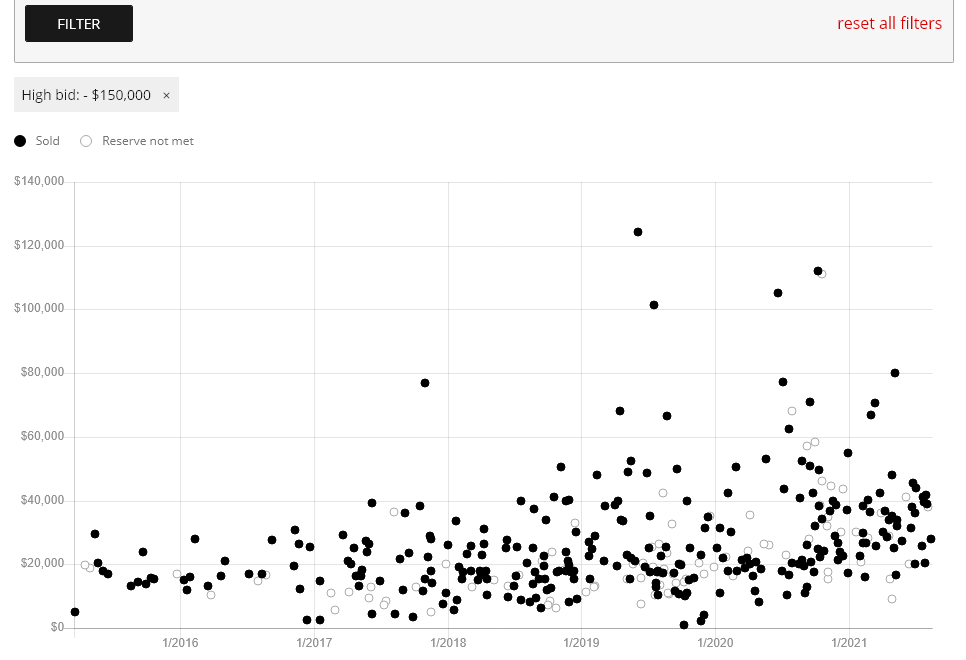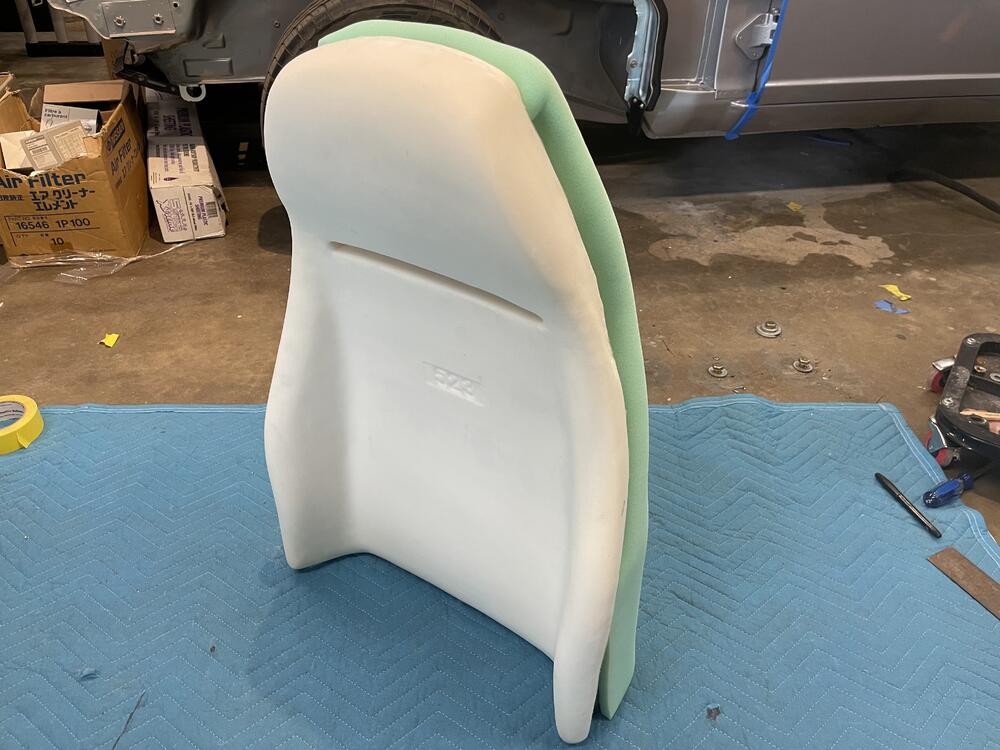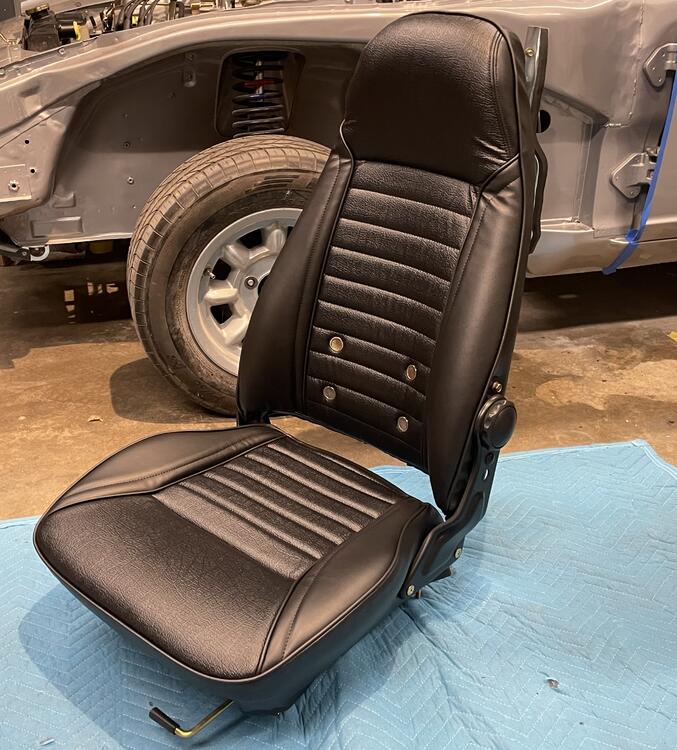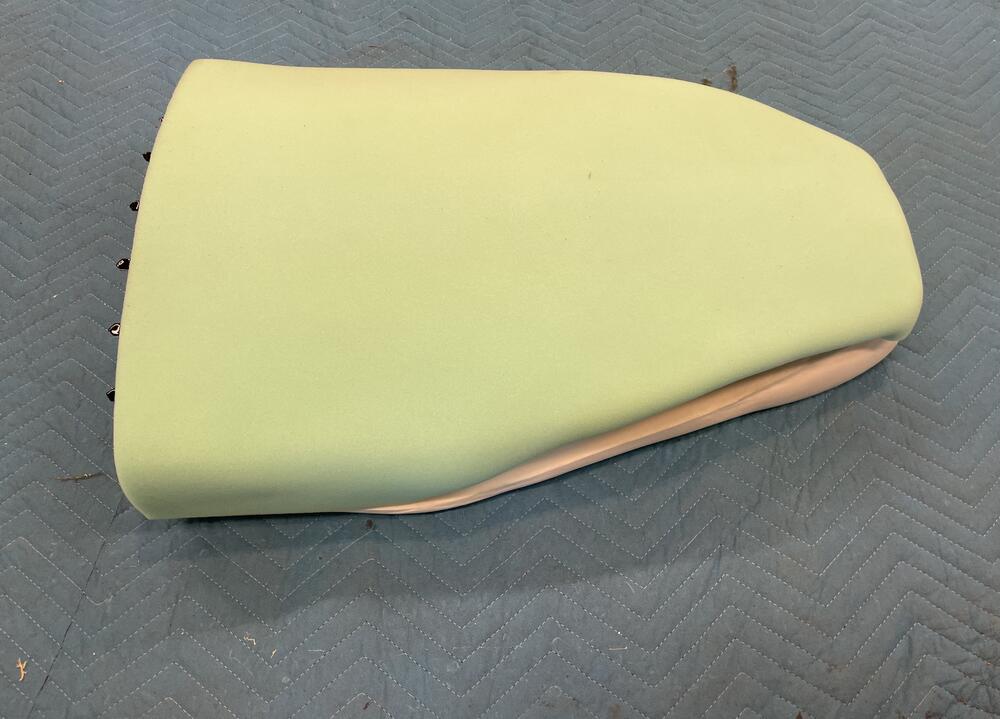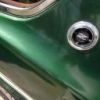Good explanation of testing Steve. My usual method is the second you illustrated. With the two B/W and the G/W wires disconnected, I turn the ignition switch to the ON position then check the two B/W wires for battery voltage. In stock config the B/W wire with voltage would attach to one side of the ballast, the G/W to the other side of the ballast, and the remaining B/W to the "+" side of the coil.
An aside to understand the circuit: The early tachometer is "current sensing" - it calculates RPM by how much current is flowing through the coil to provide spark at the plugs. (If there were no ballast resistor there would be no need for the double wire and return the tach/coil system uses.)
Power for the coil comes from the ignition switch in both the ON and START positions. Nissan (and everyone else in that era) used a ballast resistor to increase longevity of the distributor points - SO, they want the current flow to the coil to run through the resistor. Wait, we also need a tach signal so we have to take that wiring to a loop it at the back of the tach - then bring it back to the coil. So, They use the B/W (battery voltage at IGN ON) to run to the ballast resistor, the G/W brings it back under the dash to the tachometer, and the second B/W comes out of the tach loop and all the way back to the coil "+" to make sparks happen.
IGN SW B/W -> ballast -> G/W -> tachometer connector -> B/W -> coil "+"


















